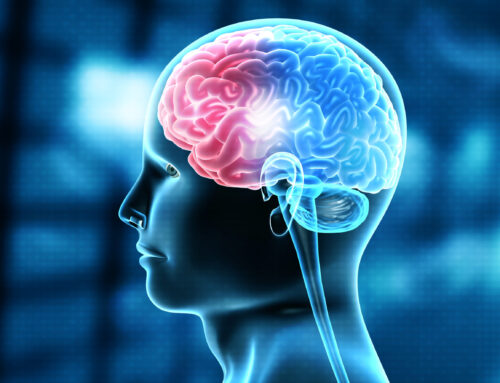What is CBT and DBT?
If you have ever spoken with a medical or mental health professional about your mental health, you have likely heard CBT or DBT mentioned as modalities that professionals use in supporting their clients.
But what is CBT and DBT and how are these utilized in the mental health field? In this blog, I will break down the basics about these two types of therapy techniques. It is important to remember that this is just a basic guide with general information, it is always recommended that you to reach out to a trained professional to discus your unique situation and come up with a plan that is specific to you.
Cognitive Behavioural Therapy (CBT)
This is a form of talk therapy that revolves around understanding how our thoughts impact our emotions. CBT interventions focus on how we can try to change the way we think to deliver a more positive emotion. CBT looks at thoughts as either Adaptive (positive thoughts) or Maladaptive (negative thoughts), and through thought reframing (Cognitive restructuring) the therapist can help the client re-work the thought to help provide a different emotion (positive emotion).
CBT helps client unpack their thoughts, feelings, and behaviour through the lens of the Cognitive model. The cognitive model structures what impacts us in 4 categories though itself, the behaviour, the emotion, and physical reaction. CBT also looks at our core values, how we see ourselves, the world, and how that impacts our inner self dialogue.
CBT intervention is often short-term, but it is based on how well clients can learn the skills and apply them in their own life without the assistance of the therapist. CBT intervention needs constant practice and is demanding to see progress and effectiveness. CBT requires clients to be cognisant and rational. CBT therapy tends to take 6-20 sessions.
Dialectical Behavioural Therapy (DBT)
Dialectical Behavioural Therapy, although it sounds different, is technically under CBT but takes a different approach to its model. Originally it was a form of therapy that was intended to aid, and is still used, with clients diagnosed with borderline personality disorder.
DBT helps clients change their behavioural patterns, rather than reframing thoughts.
DBT’s approach includes techniques around how to manage emotional regulation, distress tolerance, and interpersonal effectiveness as well as teaching mindfulness techniques. DBT skills attempt to teach ways to understand and regulate our emotions.
For more information about CBT/DBT and how the therapists at Brant Mental Health Solutions can support clients, feel free to contact us at 519.302.2300 or email reception@brantmentalhealth.com to set up a free consultation with any one on our team.












 Sharon Walker, MSW, RSW
Sharon Walker, MSW, RSW Jordon Iorio Hons. BA, RSW
Jordon Iorio Hons. BA, RSW Christine Bibby, B.S.W., M.S.W., R.S.W.
Christine Bibby, B.S.W., M.S.W., R.S.W. Brianna Kerr, RSW
Brianna Kerr, RSW Danielle Vanderpost, RSW
Danielle Vanderpost, RSW Daniela Switzer, MA, C.PSYCH
Daniela Switzer, MA, C.PSYCH Tammy Adams
Tammy Adams Jade Bates, RMT
Jade Bates, RMT Caitlin Schneider
Caitlin Schneider Dr. Crysana Copland
Dr. Crysana Copland
 Amy Dougley
Amy Dougley Emily Kamminga
Emily Kamminga Bill Dungey, RSW
Bill Dungey, RSW



 Jessica Moore, RSW
Jessica Moore, RSW Abigail Wragge, RSW
Abigail Wragge, RSW Melanie Clucas
Melanie Clucas Ally Legault
Ally Legault Kunle Ifabiyi
Kunle Ifabiyi Tammy Prince
Tammy Prince
